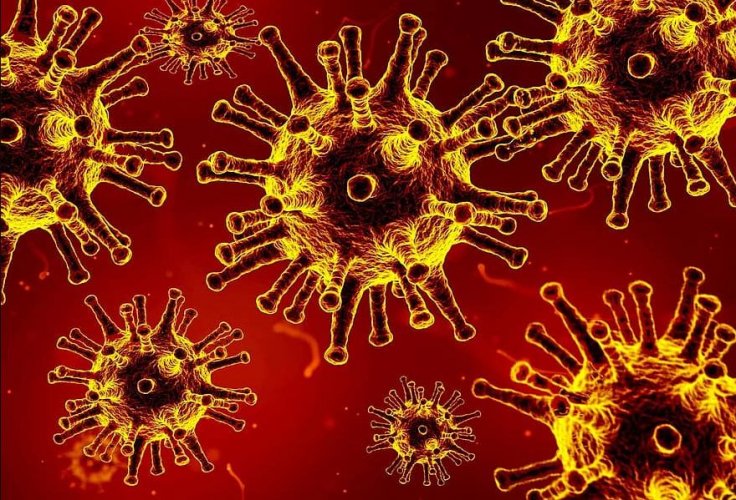One of the biggest concerns surrounding the spread of COVID-19 is the perils of the coronavirus's presence within built environments. However, in a collaborative study between multiple institutions, researchers have demonstrated a methodology to characterize and develop efficient environmental monitoring that can be used to understand the persistence of the SARS CoV-2 virus in built environments.
"This comprehensive study can provide valuable information regarding surface monitoring of various materials as well as the capacity to retain viral RNA and allow for effective disinfection," the authors of the study wrote.
Presence of SARS CoV-2 in Built Environments

A built environment refers to man-made environments that provide the foundation for carrying out human activities, which range from buildings to neighborhoods to cities, and beyond. According to the authors, recent studies have provided evidence that has confirmed the presence of virions—that can remain infectious for nearly 72 hours on surfaces—that can contribute to the transmission of the disease through contact.
Therefore, the research team carried out the current study in order to determine the effectiveness of protocols to gather the coronavirus from surfaces within built environments. For the study, the scientists employed inactivated yet viable noninfectious virus that was used as a surrogate.
"Our group adapted the CDC-approved reverse transcriptase quantitative polymerase chain reaction (RT-qPCR) methodology and then tested the efficacy of RT-qPCR in detecting SARS CoV-2 from various environmental surface samples," said Dr. Ceth W. Parker, co-lead author of the study.
Surviving on Surfaces for Days

A variety of surface materials that were commonly used in built environments were tested by the researchers for the end-to-end study. These surfaces included reinforced fiberglass, painted stainless steel, bare stainless steel, and plastics.
Dr. Parker explained that the research team seeded these surfaces with inactivated noninfectious SARS CoV-2 particles. Next, they determined how competently these viral particles could be recovered from these surfaces.
They found that a minimum of 1,000 viral particles per 25 sq cm was required to effectively and reproducibly detect the coronavirus on the surface. It was also found that viral RNA could survive on most of these surfaces for at least 8 days. "We also found that inhibitory substances and debris have to be taken into account on the surfaces they are being tested on," said Dr. Parker.








